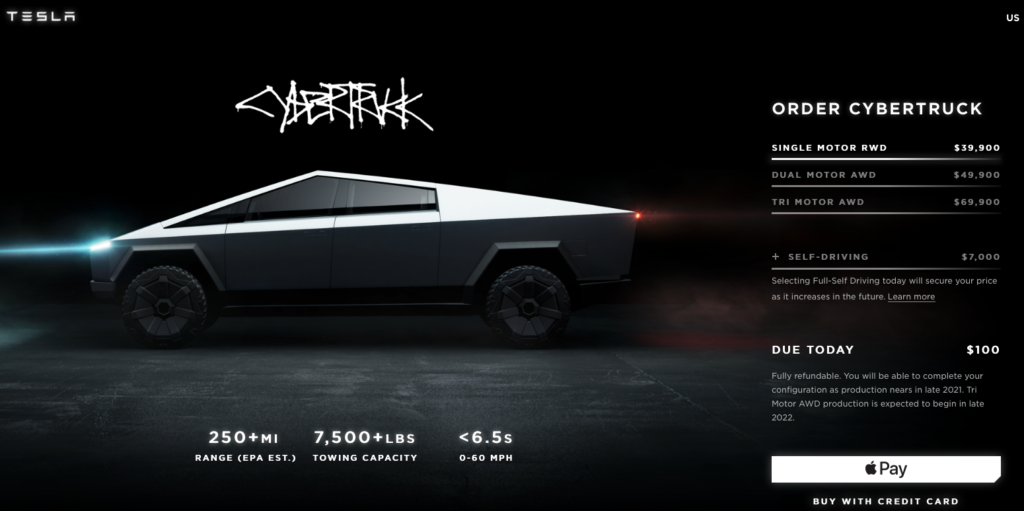GM Loans $40 Million to Firm to Acquire, Retool Shuttered Lordstown, Ohio, Factory
FILE PHOTO: The GM logo is seen at the General Motors Lansing Grand River Assembly Plant in Lansing. WASHINGTON (Reuters) - General Motors Co <GM> confirmed on Monday it agreed to loan $40 million to…
